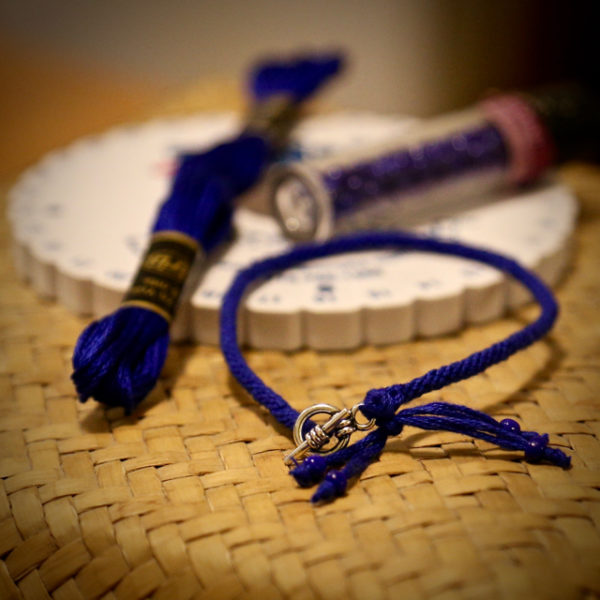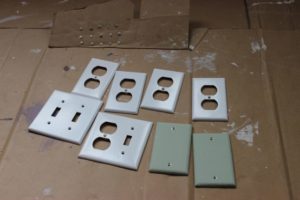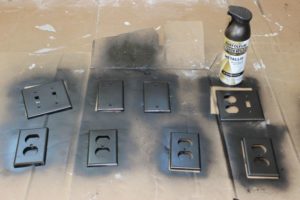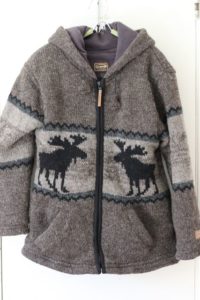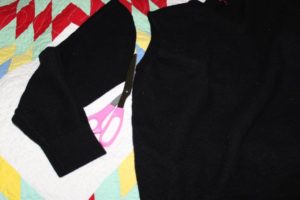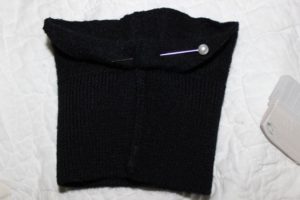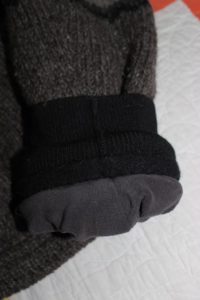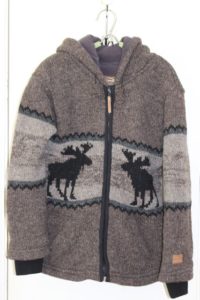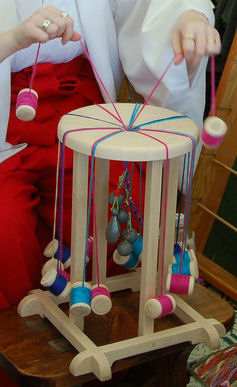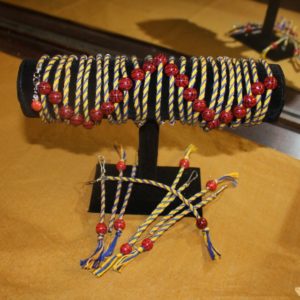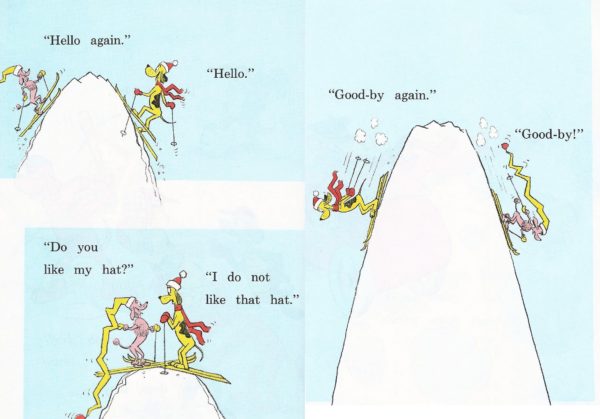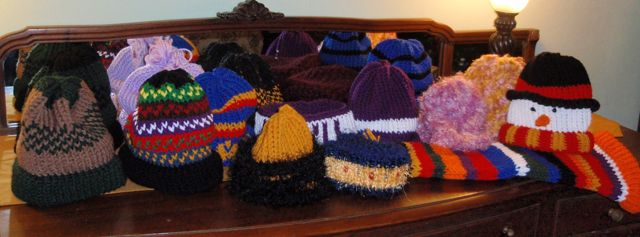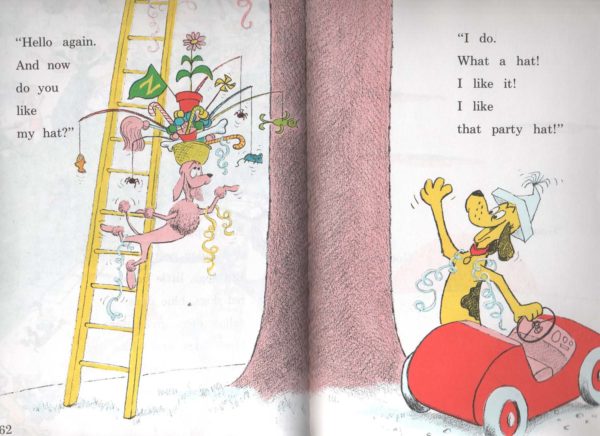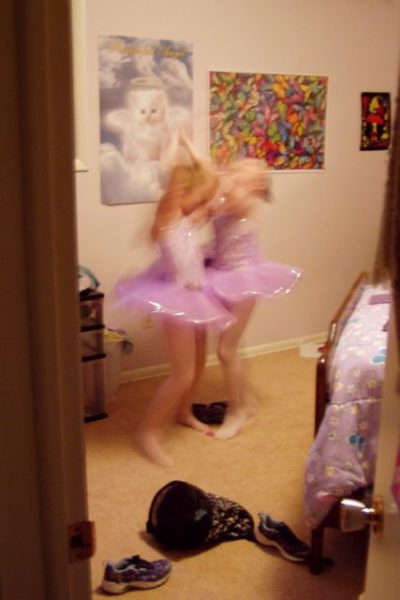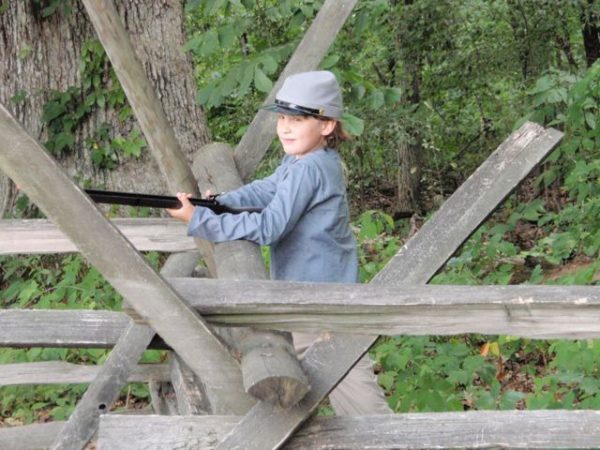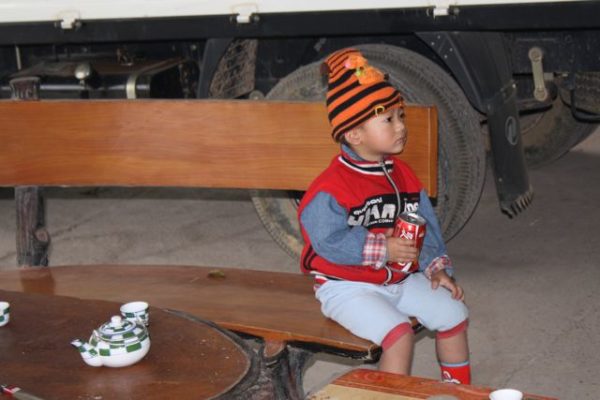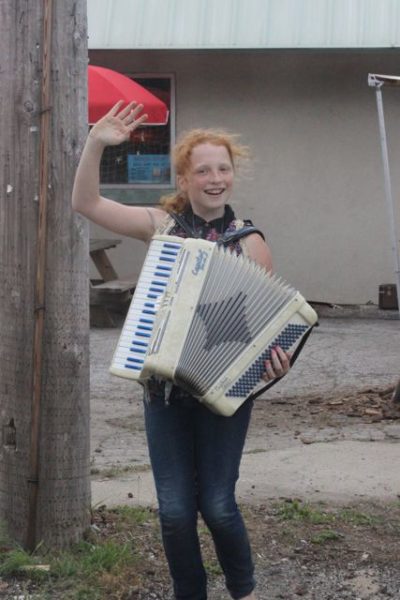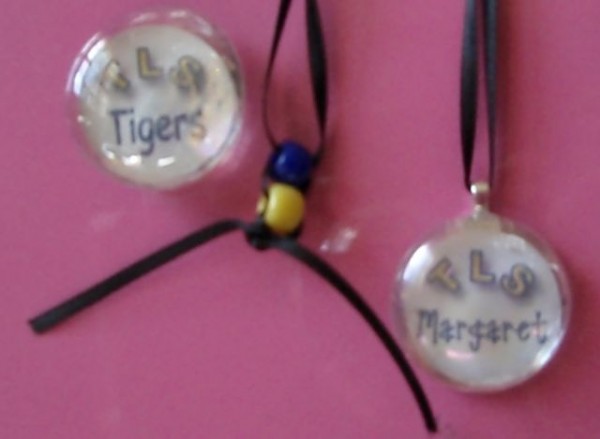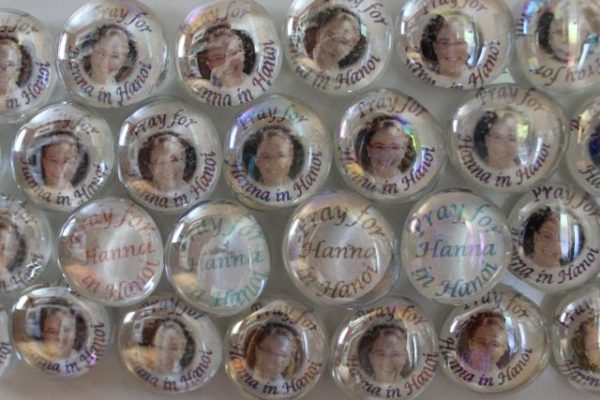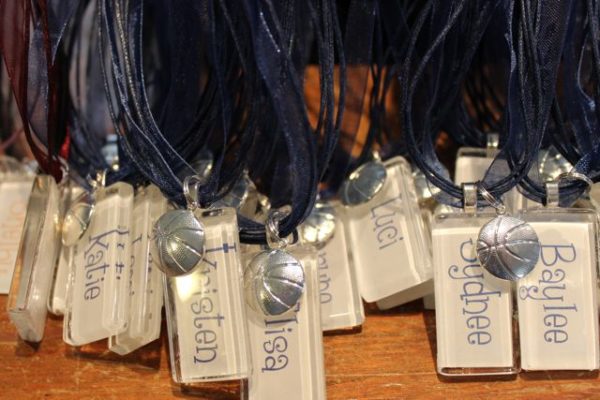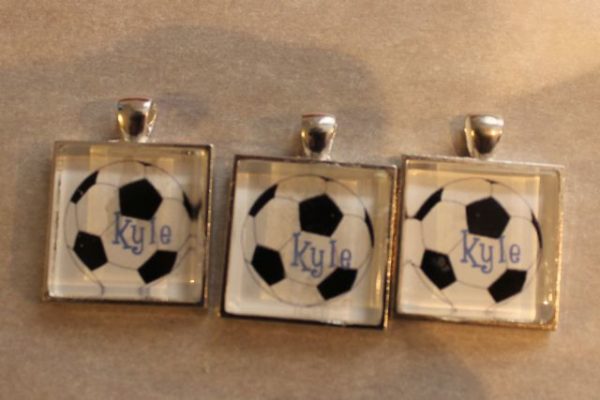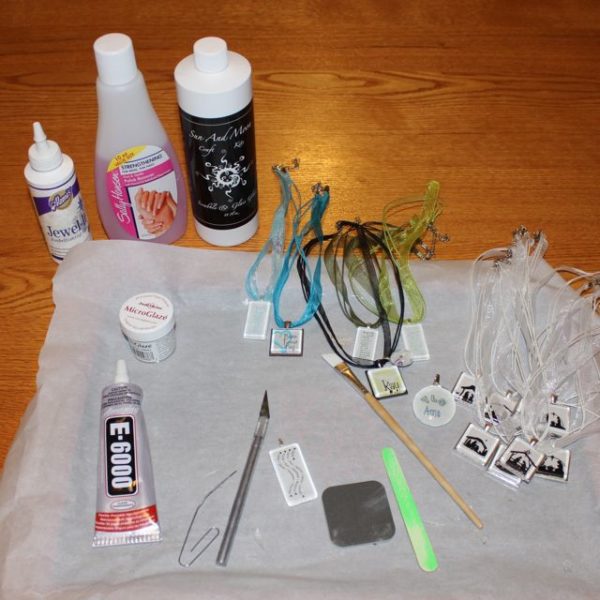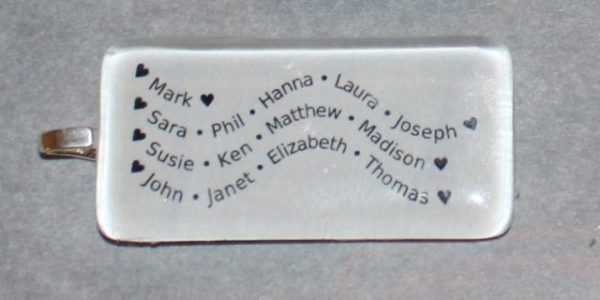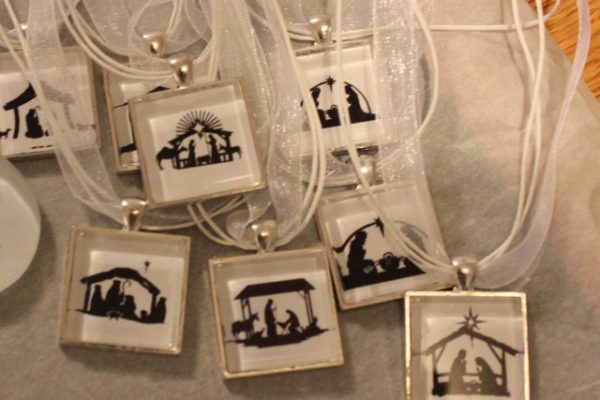Nearly four years ago I published a post featuring a kumihimo project that I designed following the riots in Ferguson, Missouri. Follow-up: my son has graduated with a degree in criminal justice and will be attending graduate school this fall. I’m quite proud of him, but the recent events in Minneapolis and across the United States have reignited my anxiety about his safety when he enters the workforce. I do not understand the actions of the police officers or the ensuing rioters, nor will I likely ever comprehend either. What does seem clear to me is that every one of us needs to examine our personal views and behaviors for biases and do our very best to eliminate them.
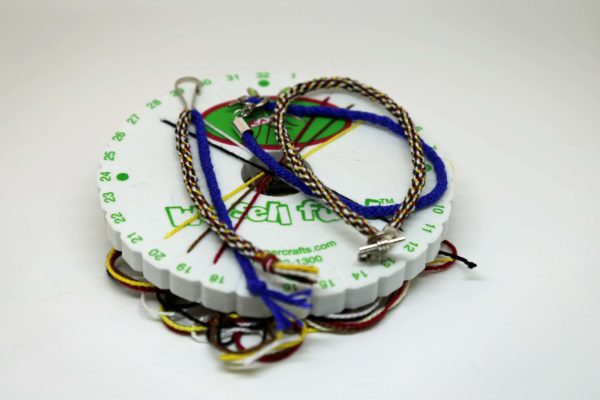
Unity key fob and bracelet, shown with Thin Blue Line bracelet.
This inspired me to pull out my trusty kumihimo disk to design a companion piece to the Thin Blue Line bracelet—I call it a Unity bracelet. I chose craft thread in the colors featured in the children’s song Jesus Loves the Little Children: “Red, brown, yellow, black and white; They are precious in His sight.” I placed the string on the disk in that order (see photo). Because there were five colors, I arranged them in groups of three and two strands. While I haven’t encountered another kumihimo pattern laid out quite like this, it worked out fine. Otherwise, the project parallels the instructions for the Thin Blue Line bracelet.
Kumihimo means “coming together of threads,” which strikes me as an apt metaphor for working toward preventing future events such as those in Ferguson and Minneapolis. In my impatience to get this project underway, I did not bobbin the strings, and at first they snarled with almost every move, requiring patience for the frequent stops necessary to untangle the threads before moving forward. As the “coming together” progressed, however, tangling became less common and braiding became easier. The final pattern turned out to be an attractive tweedy design that showcases each individual color equally.
With plenty of craft thread left over after the bracelet was finished, I decided to create a matching key fob. The simplicity of this project is very appealing—it uses only string and a lanyard clip and requires much shorter braids. I created the Unity pattern first, then rethreaded the lanyard clip to add the Thin Blue Line part. The ends are finished in overhand knots—easy peasy and quick.
I now wear a Unity bracelet in tandem with a Thin Blue Line bracelet, have a fob on each of my key rings, and plan to make a few more to secure (and identify) camera bags and luggage. Ideally they will serve as visual reminders to love all of God’s children and pray for equality, justice, and unity.
